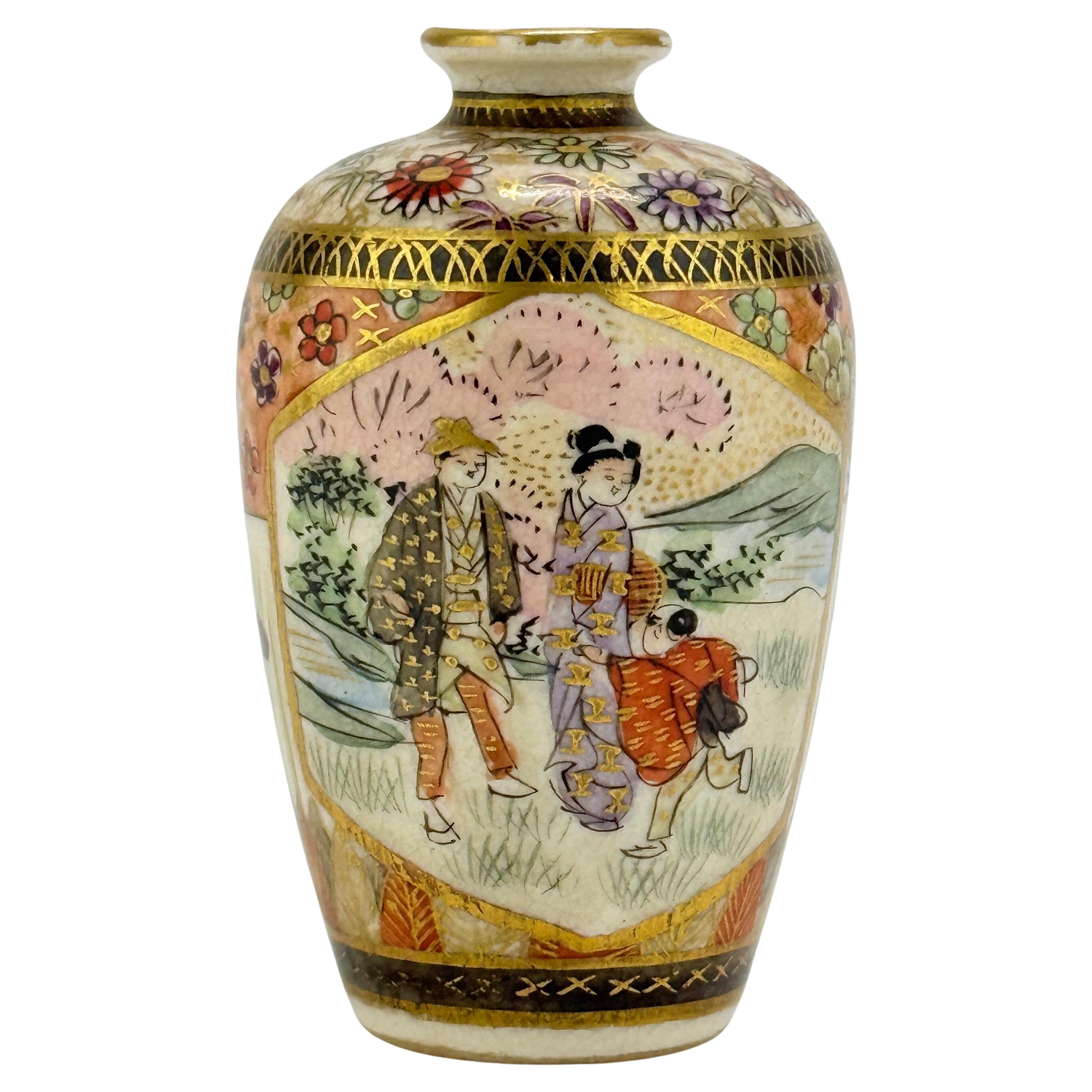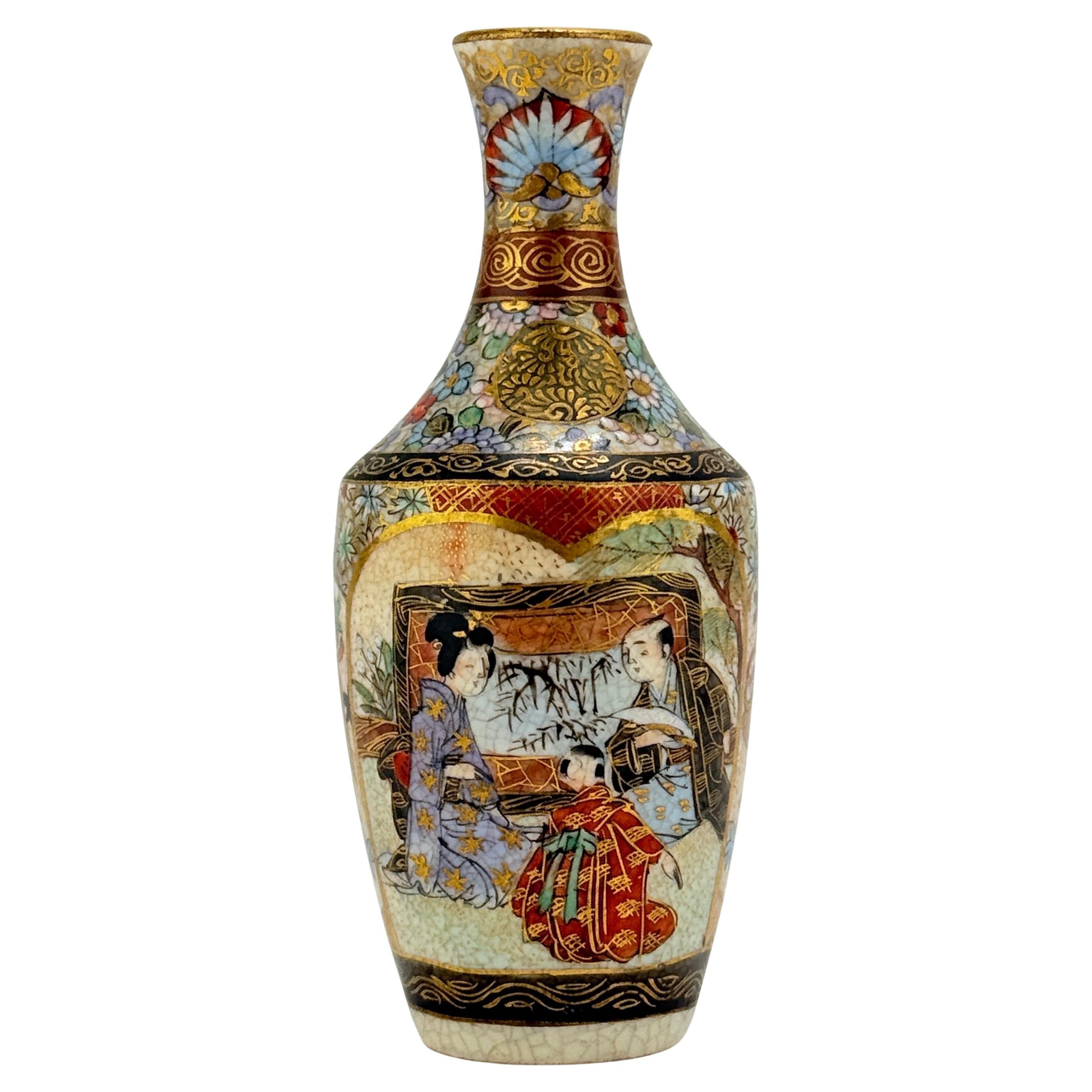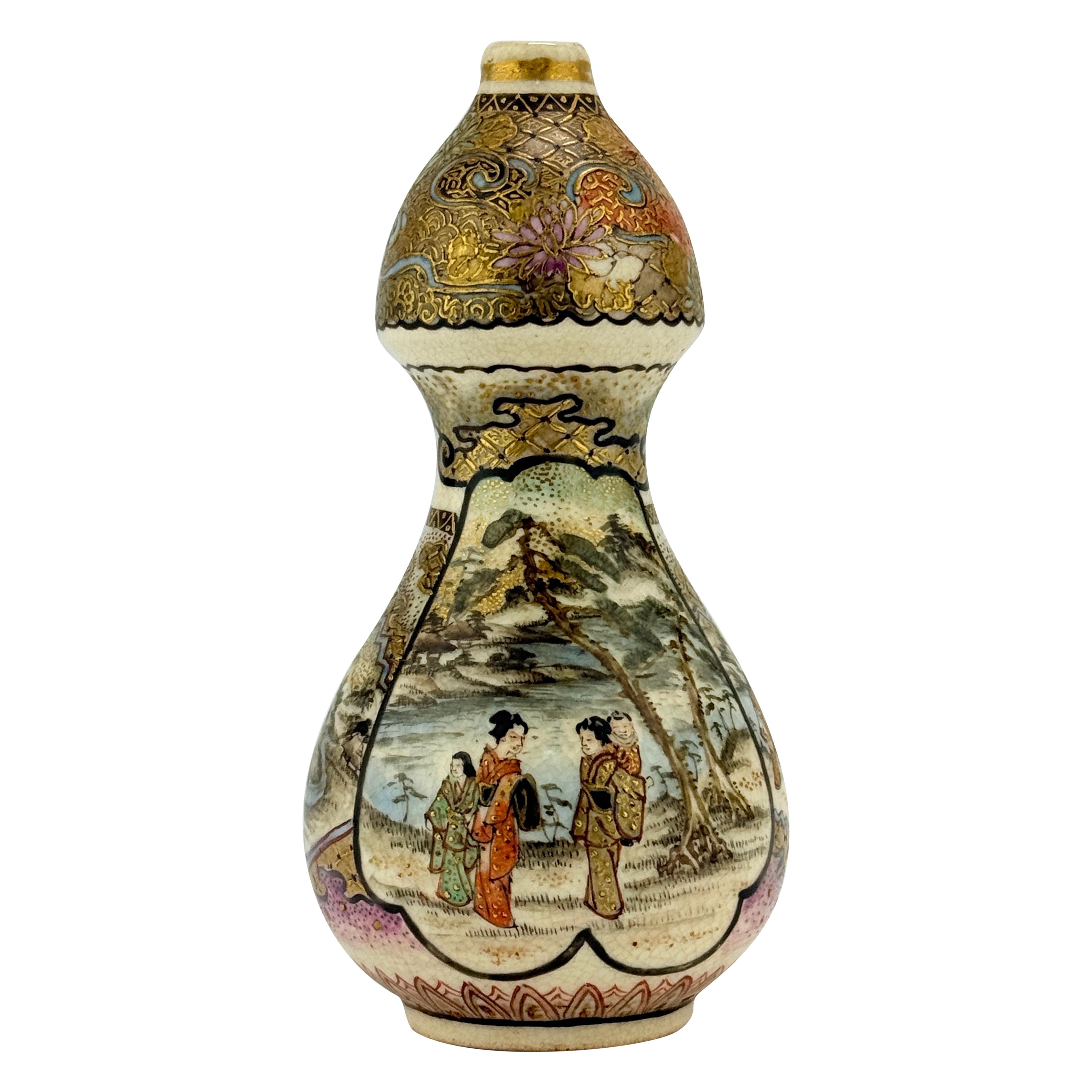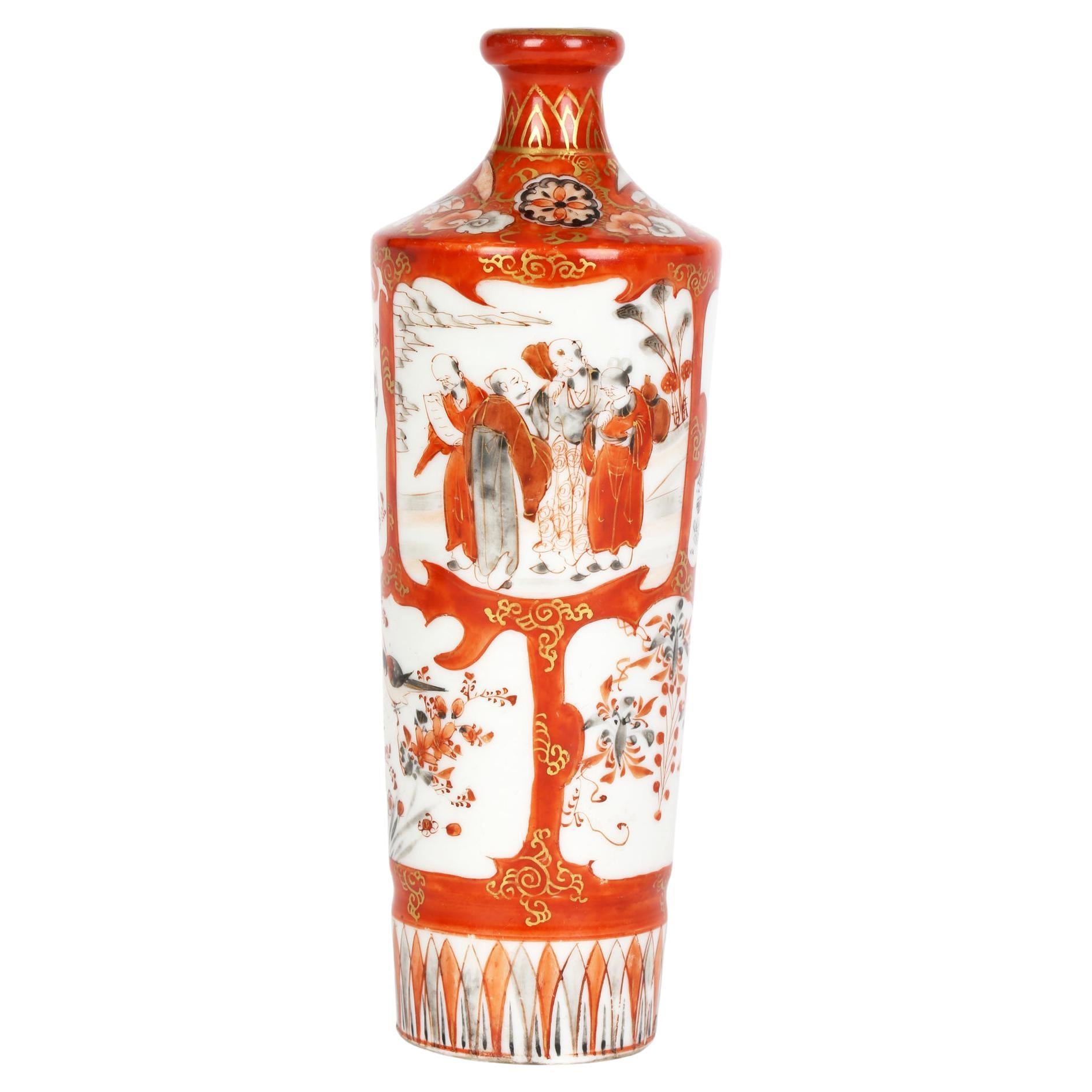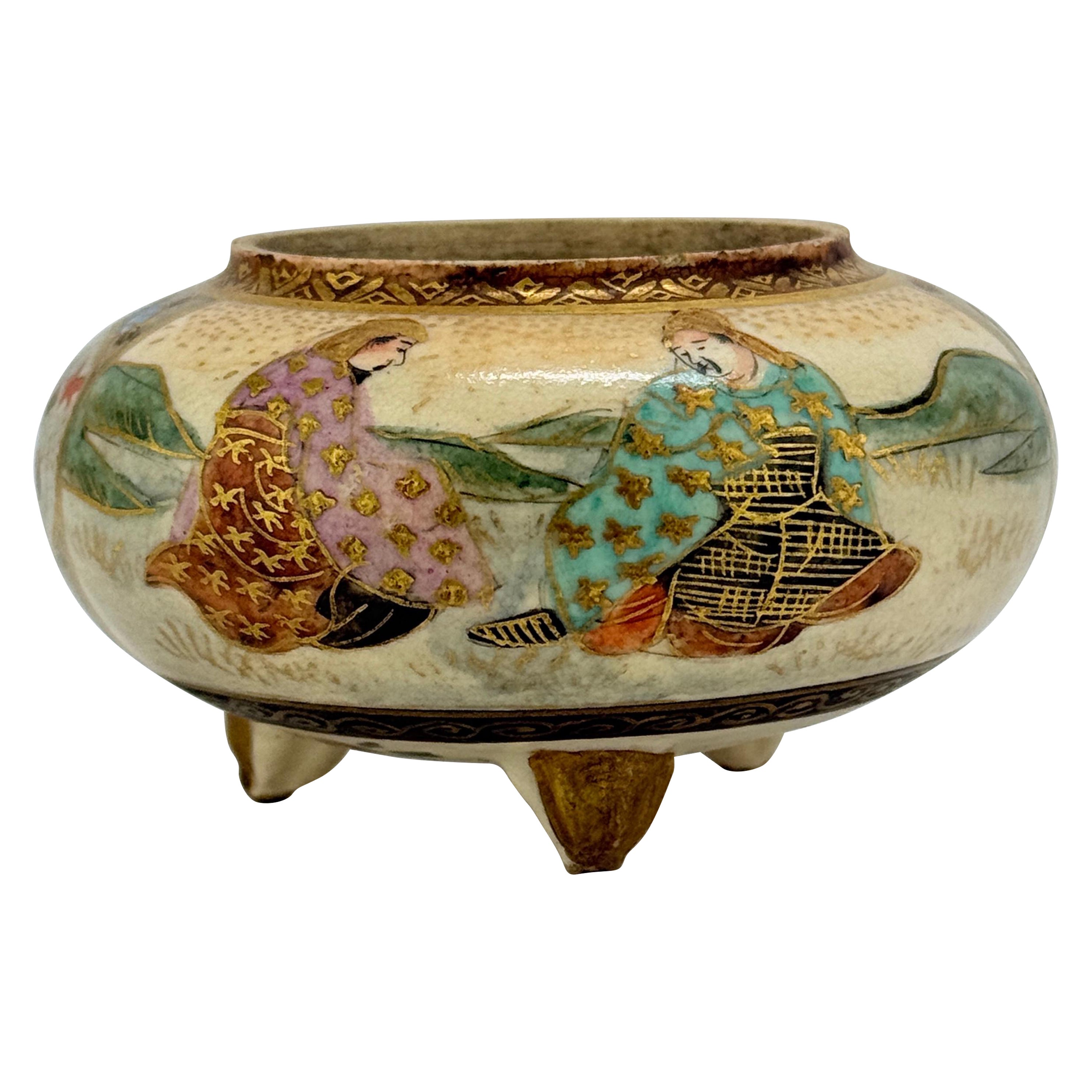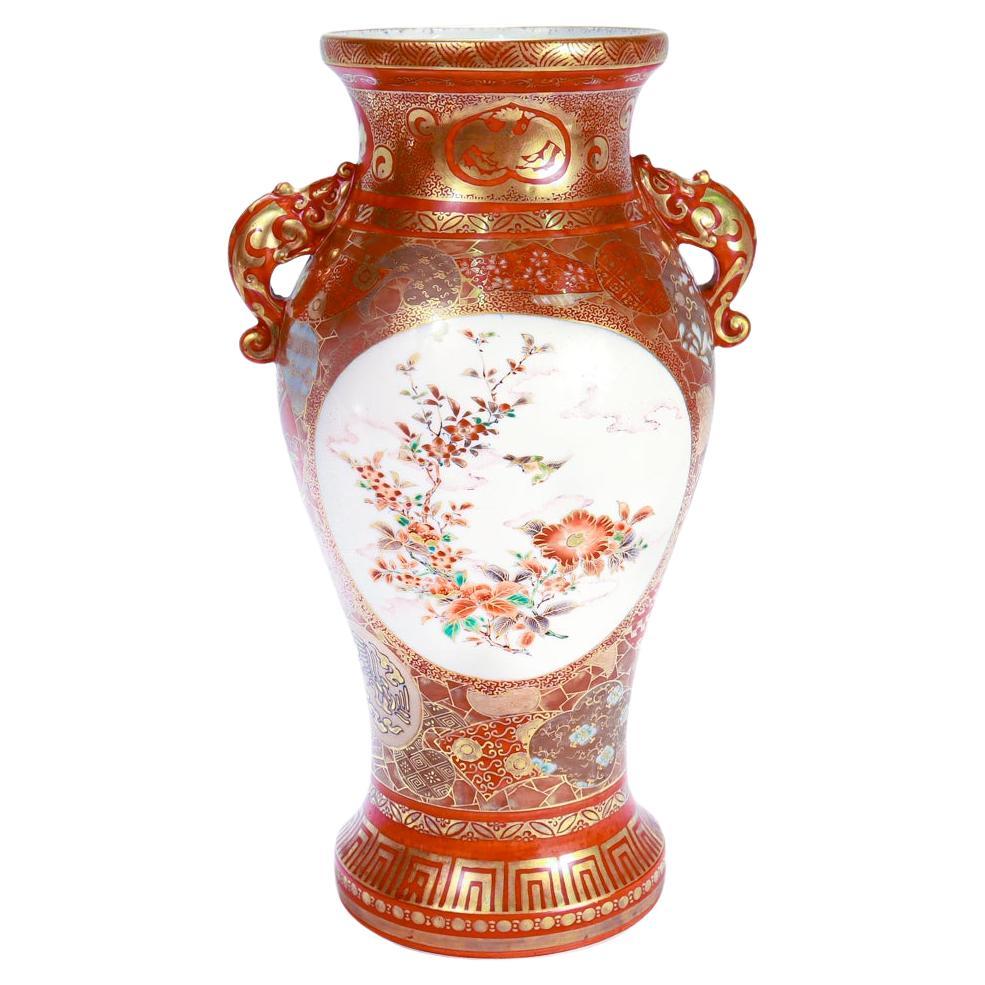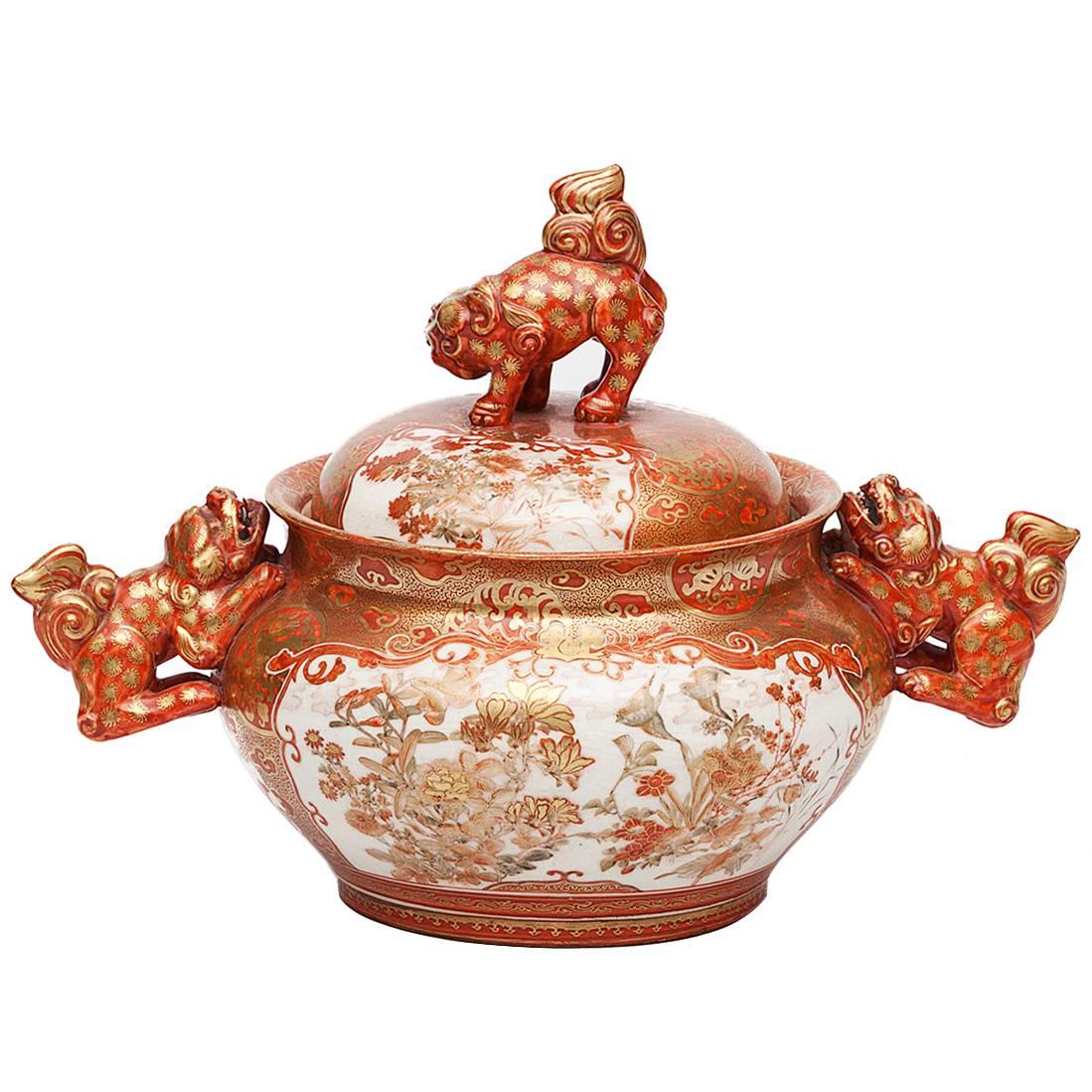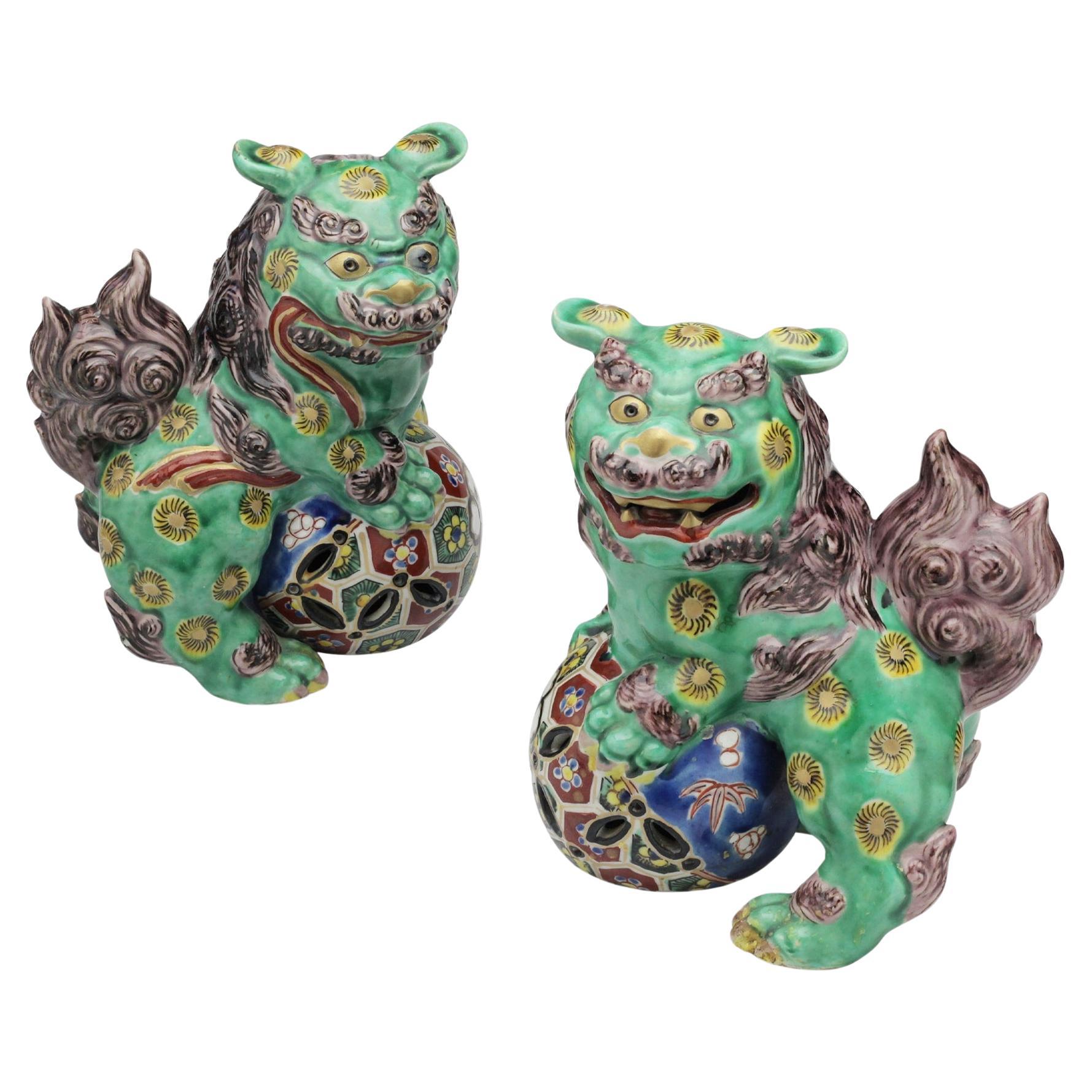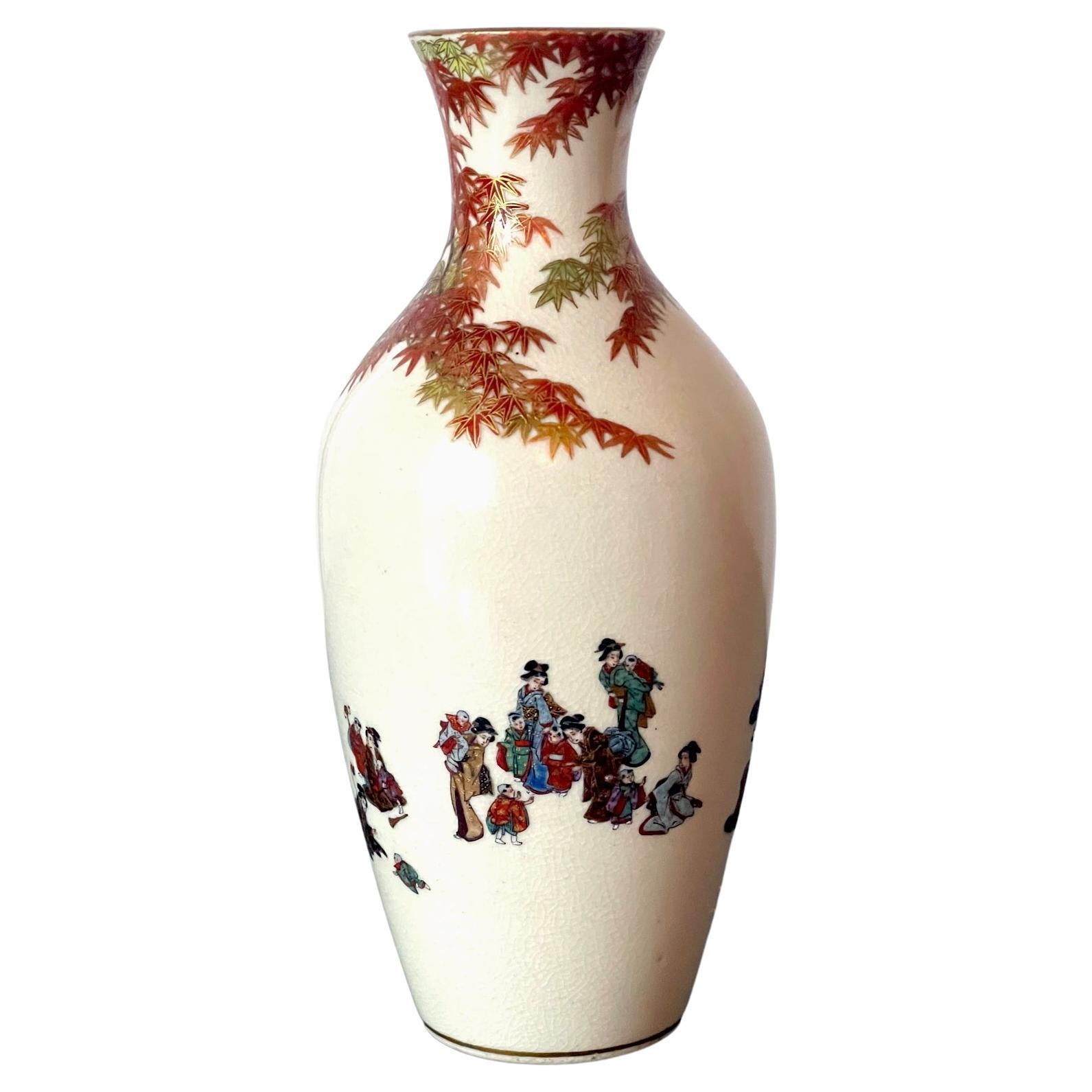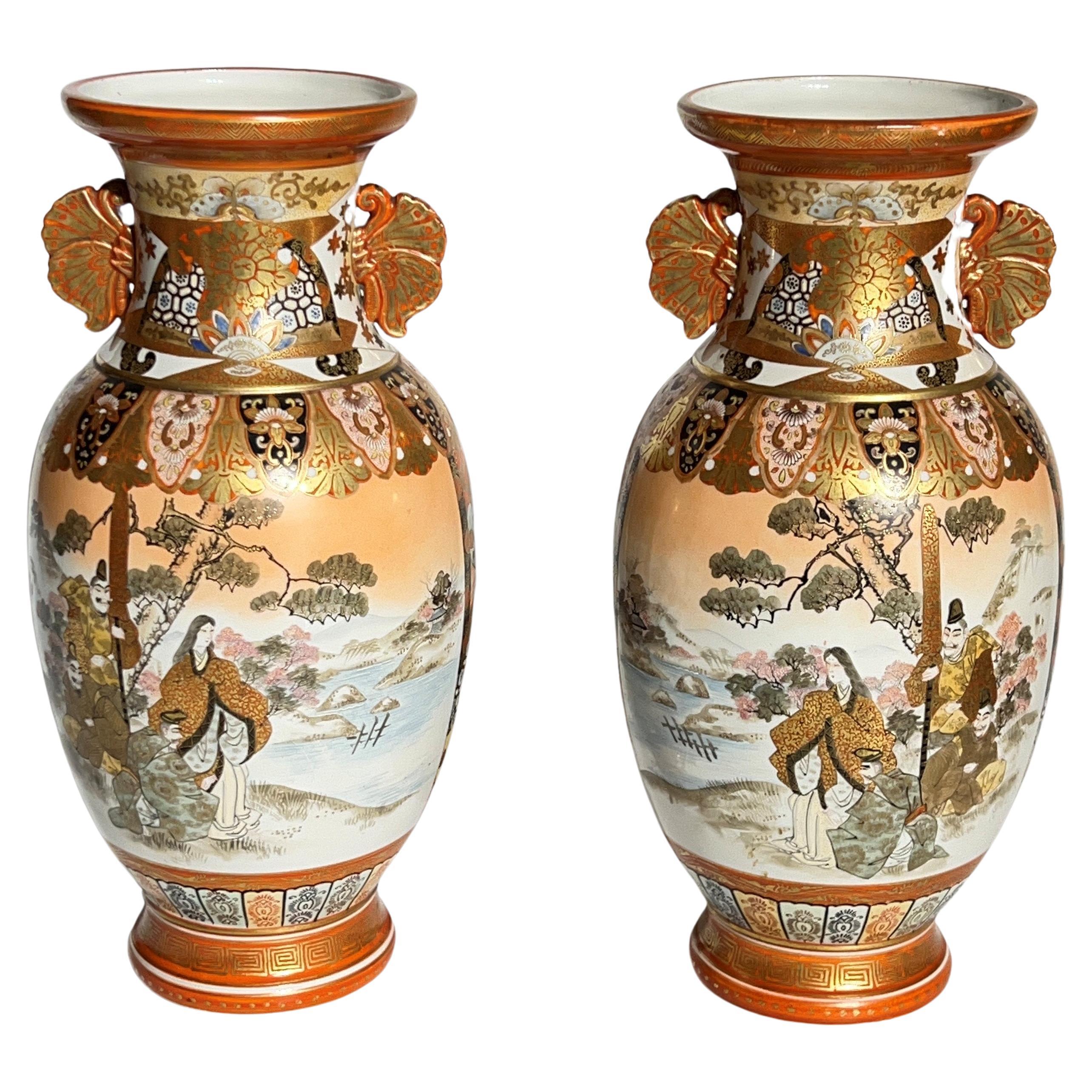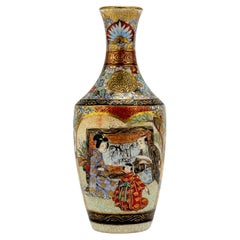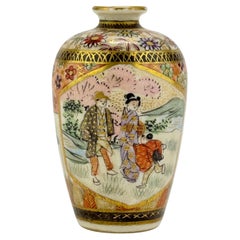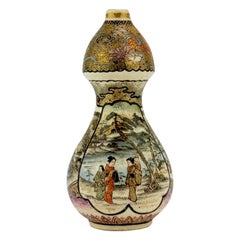
Miniature Kutani porcelain vases, Japan Meiji era
View Similar Items
1 of 10
Miniature Kutani porcelain vases, Japan Meiji era
$1,966.67List Priceper set
About the Item
Authenticity Guarantee
In the unlikely event there’s an issue with an item’s authenticity, contact us within 1 year for a full refund. DetailsMoney-Back Guarantee
If your item is not as described, is damaged in transit, or does not arrive, contact us within 7 days for a full refund. Details24-Hour Cancellation
You have a 24-hour grace period in which to reconsider your purchase, with no questions asked.Vetted Professional Sellers
Our world-class sellers must adhere to strict standards for service and quality, maintaining the integrity of our listings.Price-Match Guarantee
If you find that a seller listed the same item for a lower price elsewhere, we’ll match it.Trusted Global Delivery
Our best-in-class carrier network provides specialized shipping options worldwide, including custom delivery.You May Also Like
Miniature Japanese Satsuma Porcelain Cabinet Vase - Signed, Meiji Era
Located in Atlanta, GA
This exquisite miniature Satsuma porcelain cabinet vase, dating to the Meiji Era, is a masterful representation of Japanese artistry and craftsmanshi...
Category
Early 20th Century Japanese Meiji Ceramics
Materials
Porcelain
$316 Sale Price
20% Off
Miniature Japanese Satsuma Porcelain Cabinet Vase - Signed, Meiji Era
Located in Atlanta, GA
This finely crafted miniature Satsuma porcelain cabinet vase dates to the Meiji Era and exemplifies the meticulous artistry of Japanese ceramic tradi...
Category
Early 20th Century Japanese Meiji Ceramics
Materials
Porcelain
$316 Sale Price
20% Off
Miniature Japanese Satsuma Porcelain Gourd Shaped Cabinet Vase Meiji Era
Located in Atlanta, GA
This rare and unusual gourd-shaped miniature Satsuma porcelain cabinet vase is a remarkable example of Meiji-era craftsmanship. Though unsigned, the ...
Category
Early 20th Century Japanese Meiji Ceramics
Materials
Porcelain
$716 Sale Price
20% Off
Kutani Japanese Meiji Porcelain Vase Painted with Figures
Located in Bishop's Stortford, Hertfordshire
Japanese Meiji porcelain Kutani vase hand painted with decorative and a figural panel dating between 1868 and 1912. The elegantly shaped tall ...
Category
Antique 19th Century Japanese Meiji Ceramics
Materials
Porcelain
Miniature Japanese Satsuma Porcelain Samurai Motif Censor - Signed, Meiji Era
Located in Atlanta, GA
This finely crafted miniature Satsuma porcelain censer, dating to the Meiji Era, is a rare and exquisite example of Japanese ceramic artistry. Restin...
Category
Early 20th Century Japanese Meiji Ceramics
Materials
Porcelain
$396 Sale Price
20% Off
Antique Japanese Meiji Period Kutani Porcelain Vase by Shoundo / Matsumoto Sahei
Located in Philadelphia, PA
A fine antique Japanese Meiji period Kutani porcelain vase.
By Matsumoto Sahei/Shoundo.
In an aka-e style decorated throughout in iron red with extensive gilt accents.
There are cartouches to either side both with branches of red flower with a backdrop of clouds on a white ground.
With 2 figural dragon finial handles.
Marked to the base with '九谷松雲堂製' which translates as 'Made by Shoundo of Kutani'
Matsumoto Sahei (1851-1918) was a master potter who enjoyed success & recognition during his era. In 1876, Sahei received the artist name Shoundo from the nanga painter Tokuda Kansho - he would use that title for nearly 20 years until passing it onto his son as his successor in 1893. Sahei also has the distinction of taking Tokuda Yasokichi I as an apprentice when the latter was 17-years-old. The Tokuda family is perhaps one of the most famous families of Japanese ceramics: Yasokichi I is credited with revitalizing the lost art of ko-Kutani and Yasokichi I, II, & III were all recognized as "Living National Treasures" during their lifetimes.
Shoundo exhibited internationally numerous times at the tail end of the 19th Century. The Keisei Isogaya Museum of Art (which specializes in Meiji Kutani) has a vase of Sahei's that was exhibited in the Philadelphia Centennial Exhibition of 1876. He is listed as exhibiting a wide variety of porcelain goods at the 1878, 1889, and 1900 Paris World Exhibitions. He is also listed as exhibiting 'incense burners & porcelain' at the World's Columbian Exhibition held in 1893 in Chicago. The pair of vases that Sahei exhibited in Paris in 1900 bear a strong resemblance to this pair.
Simply a wonderfully rare Japanese porcelain...
Category
Early 20th Century Japanese Meiji Ceramics
Materials
Porcelain
Recently Viewed
View AllMore Ways To Browse
Cranes Vase Japanese
Kutani Gold
Japanese Ceramics Cranes
Pair Porcelain Cranes
Miniature Kutani Vase
Japanese Sake
Qianlong Famille Rose
Old Imari
Satsuma Earthenware
Kutani Meiji
Chinese Dragon And Phoenix
Chinese And Porcelain And Phoenix
Chinese Porcelain Phoenix
Iron Red Chinese Porcelain
Large Japanese Fan
Antique Chinese Blue And White Bowl
Japanese Shoji
Chinese Export Blue Birds
